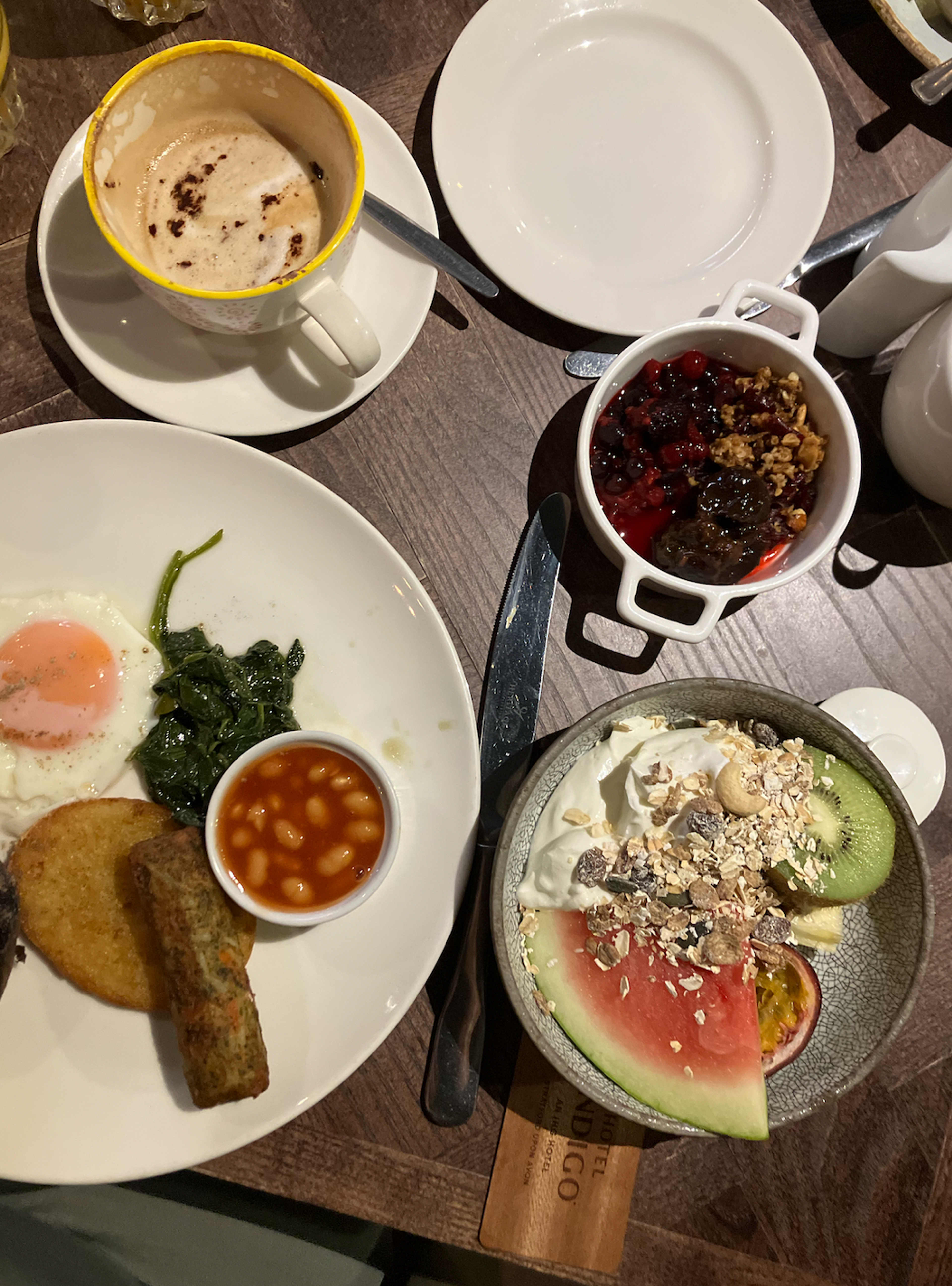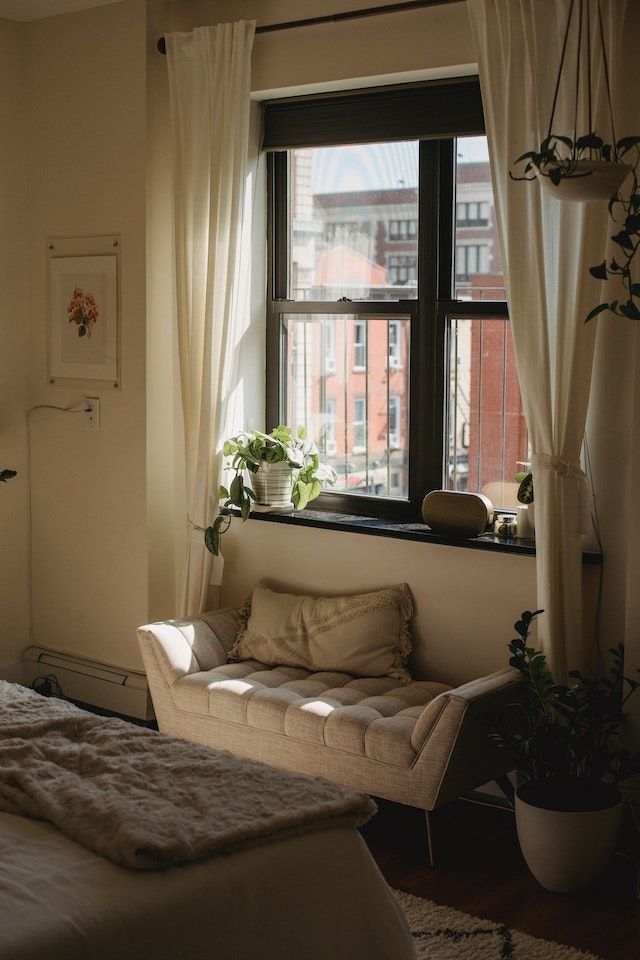Over the past few decades, roof windows and the art of daylighting in design have become increasingly popular in residential and commercial architecture. Roof windows, commonly referred to as skylights or rooflights, enable the infusion of natural sunlight into an area via the roof, resulting in well-illuminated and more spacious indoor environments.
In this article, we will look at the benefits of roof windows, principles of daylighting design, and key considerations when incorporating roof windows into a building.
Benefits of Roof Windows
Roof windows offer a number of advantages compared to regular vertical windows:
Allow More Natural Light
Skylights, positioned on the roof plane, significantly extend the reach of daylight into interior spaces, minimizing the reliance on artificial illumination during daylight hours. Research indicates that ample natural light enhances emotional well-being, boosts productivity, and contributes to an overall improved quality of life.
Enhance Ventilation
Most roof windows have ventilation capabilities, either through operable sashes or integrated fans. It allows for improved air circulation, removing stale air and reducing the need for mechanical ventilation systems.
Create an Open, Airy Interior
Angled roof windows give the impression of a higher, more expansive ceiling. This open and airy quality is perfect for attics, top floors, or any dark enclosed space.
Offer Private Views
Roof windows directed upwards give occupants views of the sky and treetops outside rather than the neighbor’s windows. It provides a greater sense of privacy while still allowing natural light in.
Complement Architecture
Thoughtfully placed roof windows can enhance a building’s architecture, creating signature elements on the exterior. Skylights over stairwells or above open concept spaces also highlight interesting interior architecture.
Principles of Daylighting Design
To maximize the benefits of roof windows, it is important to follow key daylighting design principles:
Placement and Orientation
Ideally, roof windows should be placed on north- and south-facing roof planes to allow low-angle light to penetrate deep into the interior. Consider sloped ceilings or clerestory windows to better angle sunlight inwards.
Size and Shape
Larger roof windows will allow more daylight. Consider odd shapes like triangles to direct light to darker corners. Cluster smaller windows to amplify illumination.
Types of Glass
Opt for a glass that boasts a high level of visible light transmittance. Low-E coatings will balance light, heat gain, and UV protection. Consider tints like bronze or gray to prevent glare.
Integration with Shading Systems
Add exterior or interior shading devices like overhangs, louvers, blinds like roof lantern blinds, etc. to control glare and heat gain during summer and allow light in during winter.
Impact on Interior Design
Leave wall space around roof windows open to allow light penetration. Paint interiors white to maximize daylight reflection into the space.
Impact on HVAC Systems
Account for solar heat gain in HVAC load calculations. Add motorized vents for nighttime cooling in summer. Insulate windows well to retain warmth in winter.
Key Considerations for Roof Windows
There are many important considerations come into play when integrating roof windows into a building’s design:
Structural Considerations
Roof windows require careful structural integration to account for the opening in the roof plane. It often requires additional framing, strapping, and flashing.
Weatherproofing
As openings on the upper exterior, roof windows must be extremely well weatherproofed and flashed to prevent leaks. Sloped sills and vapor barriers are key.
Energy Efficiency
While windows enhance natural light, they can also increase heat gain and loss. Select roof windows with low-E coatings and multiple panes to counter this.
Cost
Roof windows are pricier than regular windows due to their unique engineering. But improved interior daylight can increase real estate value by over 20%, according to studies.
Appearance
Roof windows should complement the architectural style and material palette of the building exterior for an integrated look.
Interior Design
The presence and placement of roof windows will inform interior design. Spaces must be planned to take advantage of admitted daylight while minimizing glare.
How Can I Incorporate Roof Windows?
When incorporating roof windows into a design, careful consideration should be given to several factors to ensure the roof windows are optimally positioned and complement the space.
Conclusion
Roof windows and the art of daylighting design produce brighter, more inspiring interior spaces and architecture. If you follow the key principles and best practices, roof windows can be effectively incorporated into both residential and commercial projects. Thoughtful daylighting creates healthy, sustainable buildings that uplift occupants with abundant natural light from above. With the right approach, roof windows are an architectural element that wholly enhances a building’s functionality and visual aesthetic.




























